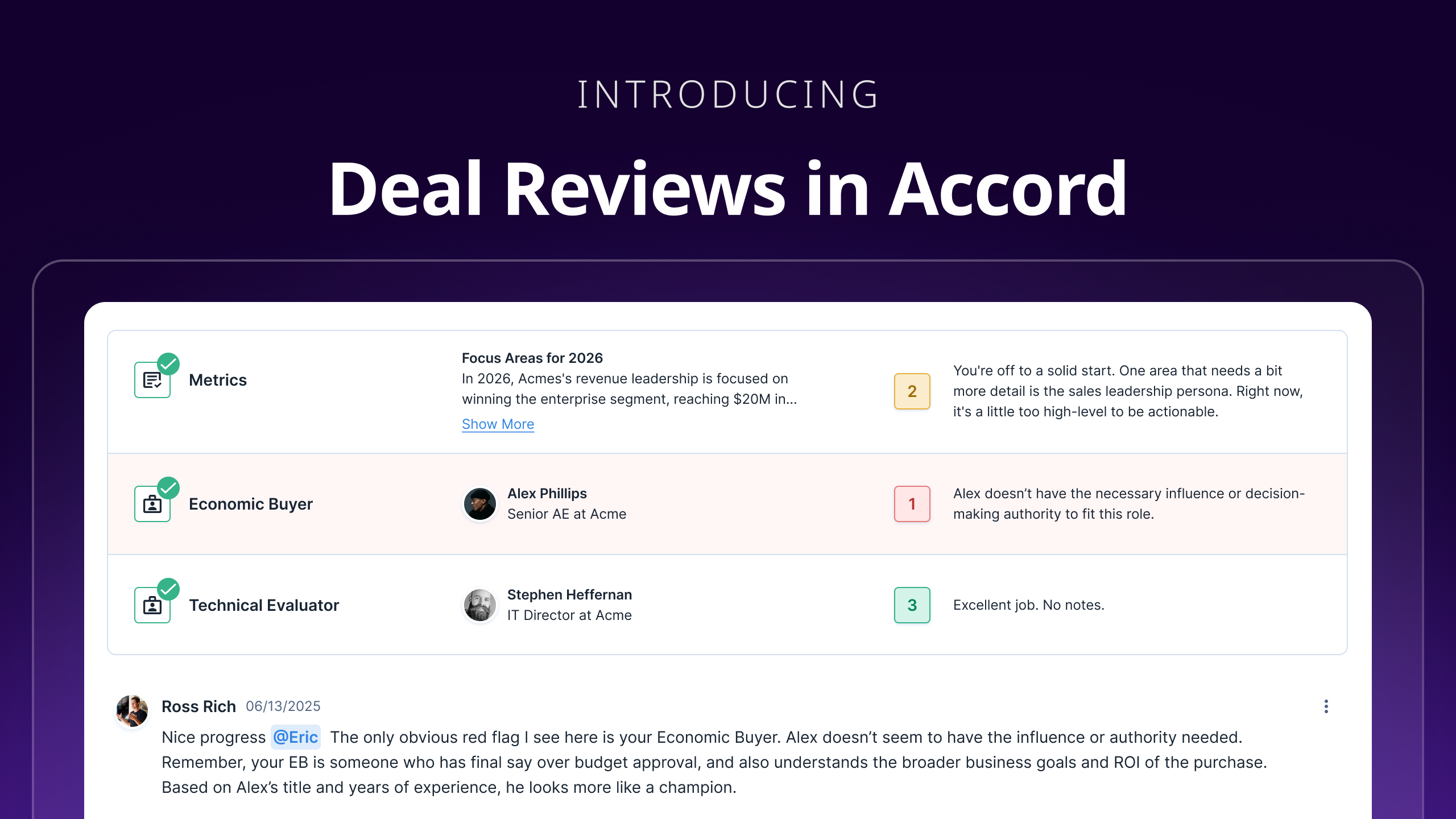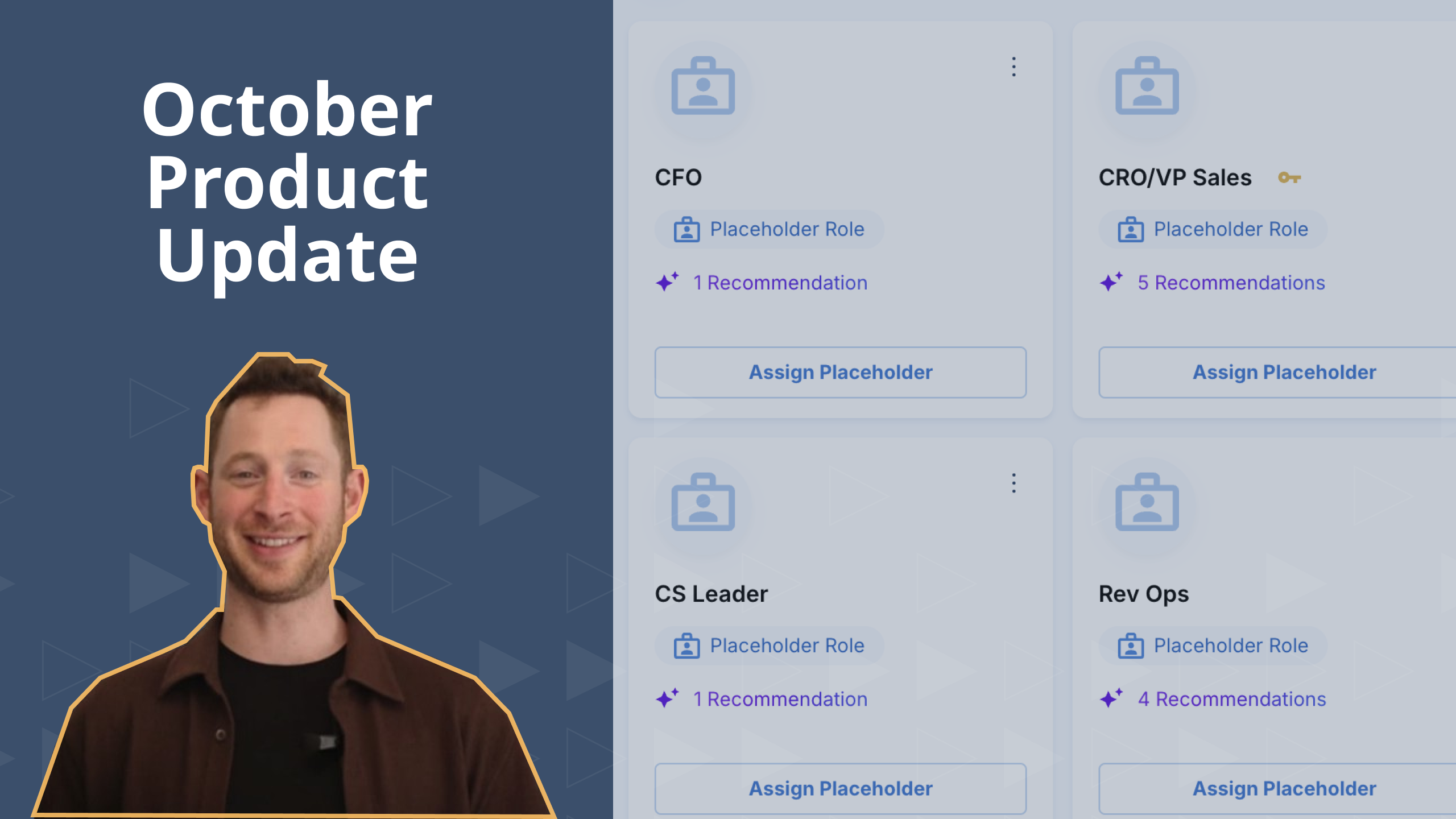In this keynote, Kyle Coleman, CMO at Copy.ai, discusses how to unify the go-to-market motion using AI. He explores why it isn’t wise to dismiss a channel outright, and why it’s actually your playbooks that are dead and need to be revamped.
He outlines how underperformance and negative ROI often signal the need to reinvent processes and adopt an AI-driven strategy. This shift can transform a bloated system into a frictionless, high-velocity GTM engine.
As you explore his ideas or listen to the full conversation, keep one question in mind: Where is the right place to infuse AI into your GTM framework so that the overall strategy is both comprehensive and systematic across your entire organization?
Outbound Prospecting with AI
“The thing about outbound that separates it from the rest of sales and marketing channels is that it’s the only channel that allows you to get the right message to the right people and right accounts at the right time,” says Kyle. But in order to do this successfully, in-depth research is key.
Contrary to popular belief, sales isn’t just a numbers game. If you’re sending out as many emails as possible to random people, hoping a few stick and resonate, your approach needs a serious revamp. But before you weave AI into the mix, keep in mind that it won’t solve all of your problems, and you need to know how to use it to your advantage. To get started, ask yourself: “What are our value props? and “What are the strategic initiatives behind why our value props matter?” The goal of these questions is to understand why people buy your software in the first place.
Once you know the answer to these questions, you can put AI to work to do the manual research that would normally take a person hours or even days to complete. “Using AI, you can codify the exact questions that you ask and answer about every account that you care about. What are they hiring for? What is the CEO talking about — press releases, product launches, interviews, industry trends, a little bit about their sales process, their fiscal year?” Kyle explains. AI synthesizes all this data into an actionable account plan you can use for outbound prospecting. The same goes for contact research. You can dig into what an individual contact has been up to including what podcasts, webinars, and LinkedIn posts they’ve been featured on. This way, you can customize your outreach so it resonates.
Account Based Marketing with AI
“A lot of people say, ‘Yeah, we do account-based marketing. One page has a Pepsi logo, and the other page has a Coca-Cola logo. That’s ABM.’ But that’s just a logo swap,” says Kyle. True ABM is about creating a compelling and consistent buyer experience, not just slapping on brand images and calling it a day.
One of the best parts about using AI for research is that it can fuel more than just your outbound prospecting. If you’re already gathering intel on accounts and contacts, that same research can guide the assets you use in your ABM mix, including everything from ad messaging to landing pages and event invites. This way, the buyer sees the same core themes and value props wherever they encounter your brand. “The left hand knows what the right hand is doing,” Kyle says, and that’s exactly how you create a unified, high-impact buyer experience.
With a consistent message across channels, you’ll increase awareness and engagement, while building a trusted brand. And, rather than pouring money into generic search campaigns that don’t work, you’ll be selective about where and how you spend your money for maximum impact and ROI.
Opportunity Management with AI
Just like your outbound channel and ABM efforts, your deal cycles are living, breathing processes that evolve with every buyer conversation. You’re constantly testing and sometimes disproving your own hypotheses about why your product resonates. With AI in the mix, those real-time insights become tangible. Tools like Gong can generate call transcripts, and AI can process them to identify which initiatives resonate versus those that don’t.
The reality is, you don’t want your sales reps “base jumping” and hoping they land (via closing an account). “That’s not a good way to run a deal cycle, especially now,” stresses Kyle.
By offloading the heavy lifting to AI, you can push out relevant content, ads, and follow-up messages that are customized to each account stage and persona. This way, you establish and maintain a consistent buyer experience.
When your outbound research, ABM strategy, and opportunity management are aligned through AI, you create a “surround sound” effect where every touchpoint reinforces your core value props, keeps the deal momentum going, and helps you stand out in an increasingly competitive market.
Closing thoughts
By rethinking traditional playbooks and tapping into AI for research, outbound prospecting, ABM, and opportunity management, you can build a unified GTM engine that’s unstoppable and able to deliver the right message to the right people, at the right time.





